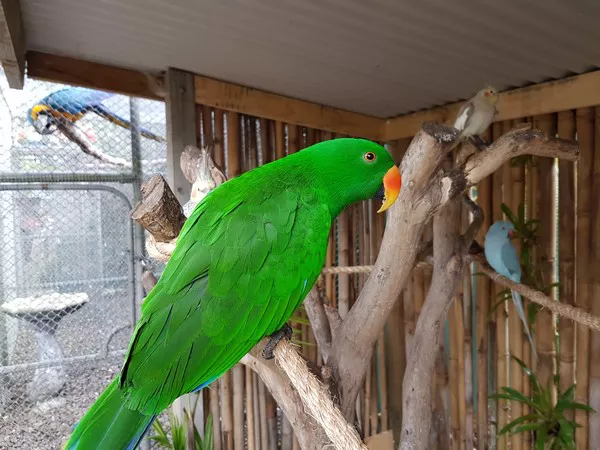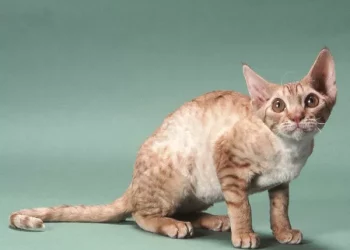In the vast arid landscapes of desert regions, the desert tortoise has adapted to survive and thrive in harsh conditions. These fascinating reptiles possess a unique diet that allows them to obtain essential nutrients while navigating the scarcity of vegetation in their habitat. In this article, we delve into the plant species that form the diet of desert tortoises, shedding light on their remarkable ability to sustain themselves in an environment that seems inhospitable to most.
-
Opuntia Cacti: Nature’s Water Reservoirs
The desert tortoise has developed a special affinity for the various species of Opuntia cacti, commonly known as prickly pear cacti. These iconic desert plants serve as a vital food source and a water reservoir for the tortoises. The tortoises consume the fleshy pads and spiny fruits of the Opuntia cacti, which provide both hydration and essential nutrients. They have adapted to withstand the sharp spines, using their beak-like mouths to remove them before consuming the succulent tissue.
-
Mojave Yucca: A Nutritional Powerhouse
The Mojave yucca (Yucca schidigera) is another key plant species in the diet of desert tortoises. These hardy, evergreen shrubs provide a rich source of food throughout the year. The tortoises graze on the yucca’s fleshy leaves, extracting moisture and consuming the nutrient-rich pulp within. The Mojave yucca also produces tall flower stalks with clusters of white flowers, which provide an additional food source during the blooming season.
-
Desert Annuals: Fleeting Nutritional Gems
Desert tortoises exhibit opportunistic feeding behavior, taking advantage of the seasonal appearance of desert annual plants. These ephemeral plants sprout and flower after rainfall events, providing a brief but crucial source of nutrition. Species such as desert sunflowers (Geraea canescens), desert marigolds (Baileya multiradiata), and desert globemallows (Sphaeralcea ambigua) are among the favored annuals that the tortoises seek out during these periods. They consume the leaves, flowers, and seeds of these plants, supplementing their diet with much-needed nutrients.
-
Creosote Bush: A Hardy Staple
The creosote bush (Larrea tridentata) is an evergreen shrub found abundantly in desert habitats. Its resinous leaves and small yellow flowers provide a consistent food source for desert tortoises throughout the year. The tortoises graze on the creosote bush’s foliage, extracting moisture and vital nutrients. This hardy plant also offers shade and shelter, providing an additional benefit to the tortoises in their arid environment.
-
Other Plant Species: Diversity in Diet
While the aforementioned plants form the core of the desert tortoise’s diet, they also consume a variety of other plant species found in their habitat. These include desert grasses, wildflowers, and shrubs like burro bush (Ambrosia dumosa), desert lavender (Hyptis emoryi), and desert mallow (Sphaeralcea spp.). This dietary diversity allows the tortoises to supplement their nutritional needs and adapt to the ever-changing availability of plant resources in the desert ecosystem.
Conclusion:
The desert tortoise, an emblematic inhabitant of arid regions, possesses a remarkable ability to sustain itself on a limited plant diet. Through adaptation and specialized feeding behavior, they have developed a preference for specific plant species that provide essential nutrients, moisture, and sustenance. From the water-rich Opuntia cacti to the hardy Mojave yucca, the desert tortoise has found ingenious ways to thrive in an environment that seems inhospitable to most.
Understanding the plant species that comprise the desert tortoise’s diet allows us to appreciate the intricate ecological balance of desert ecosystems. Conservation efforts aimed at preserving these unique habitats ensure the availability of vital food resources for the tortoises and promote the overall health of their populations.
As we continue to explore the wonders of the natural world, let us marvel at the resilience and adaptability of the desert tortoise, a true testament to nature’s ingenuity and the remarkable ways in which organisms survive and thrive in the face of adversity.

























